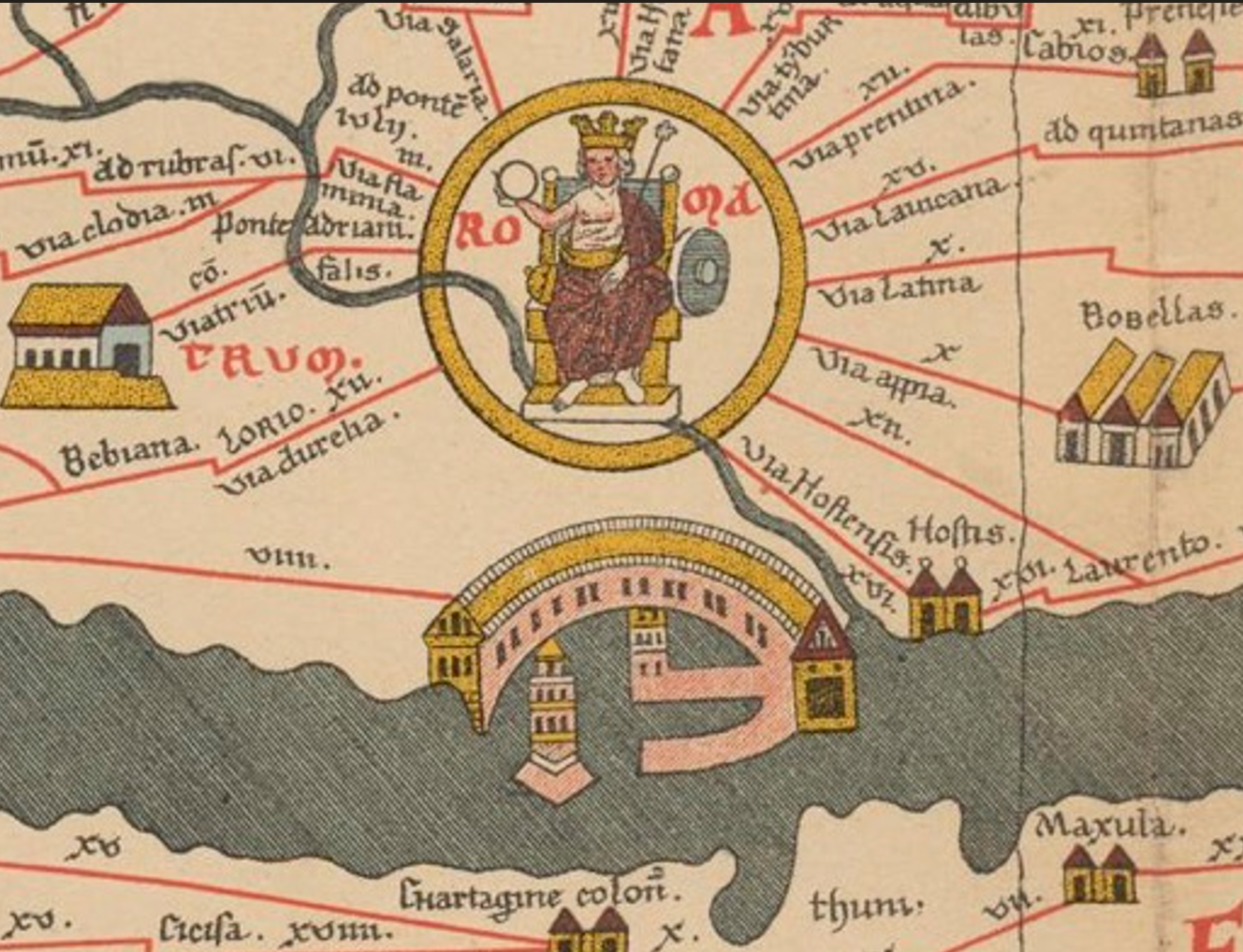Christian archaeology studies the material legacy of Late Antiquity, the Early Middle Ages and the Byzantine period. The aim is to record, classify and, at best, understand historical, cultural and social processes. For this purpose, entire city histories and sacred landscapes are taken into consideration, but also individual areas of them, such as church building or burial systems. Furthermore, various genres such as mosaics, painting, sculpture and textiles play an important role, as do objects of small art and everyday use. The geographical core area of Christian archaeology is the entire Mediterranean region with its major centres such as Rome and Constantinople or Milan, Ravenna and Thessaloniki.


In addition, neighbouring regions whose art and culture were directly or indirectly influenced by the Roman or Byzantine Empire are also examined. In terms of time, the subject covers an extremely broad range: The starting point is the 3rd century AD with the emergence of Christian architecture and Christian art. Especially after the end of Late Antiquity, the temporal horizon is then flexible and depends on regional developments: In the Middle East, the horizon of observation extends to the Arab Conquest, in the West to the Early Middle Ages. In present-day Turkey the Byzantine Empire with its capital Constantinople, now Istanbul, existed until the 15th century.
Christian archaeology builds a bridge between the archaeological and art historical subjects, and there are also close connections to theology, ancient history, medieval studies and many other neighbouring disciplines.